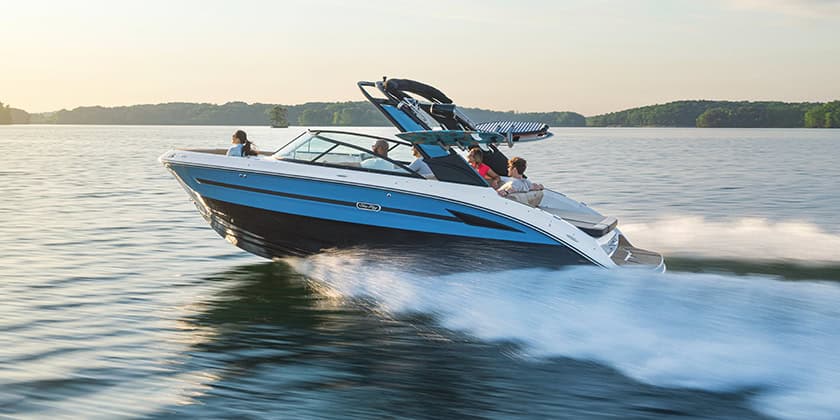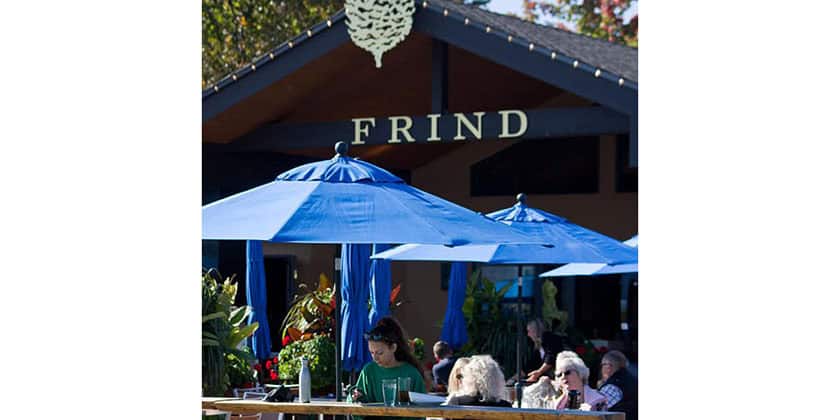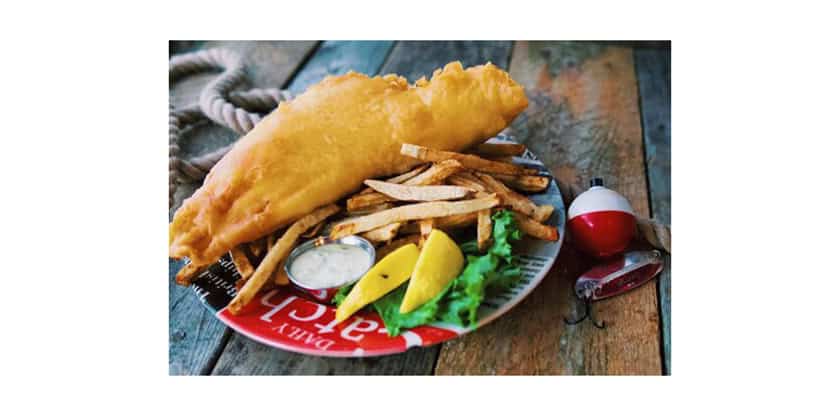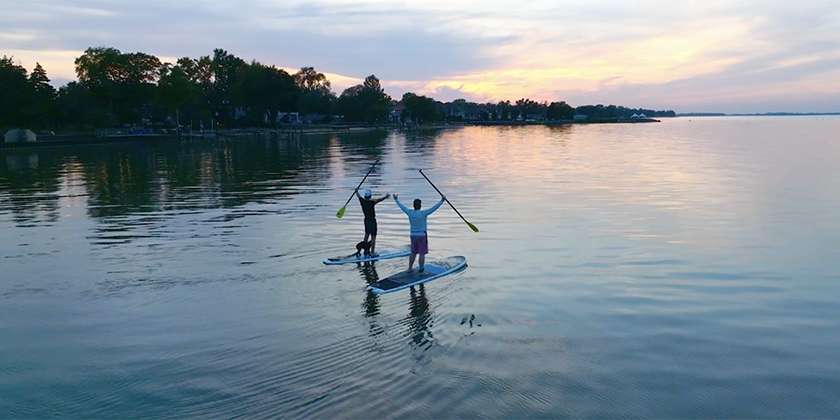A Big Step For Sonic
By Steve Killing
The relationship between Ted Brewer and Sonic Sailboats began several years ago. During the decision-making process on the Sonic 27’s predecessor, the 23, Brewer was called in as a consultant to add his valuable and extensive knowledge to the project. The combination worked so well that when it came time for the big move to a new model, Sonic went back to Brewer for the design work. Neither Sonic’s shop nor its manpower is extensive, but that does not hold the company back. A small shop can bring two images to mind. Some people immediately see a small, immaculate operation where three workers dressed in white apply loving attention to every piece of fiberglass and wood that is to become part of their next creation.
Others visualize a struggling builder with too little time and money to give the product the attention it deserves. Ted Brewer places Sonic in the former category. “Their fiberglass work is flawless and their attention to detail is a pleasure to see.” Since the Sonic operation is small and they were busy doing what they do best, I spent my research time for this review talking to the designer. In the original concept for, the Sonic 27, no provision was made for a cabin house, it featured a flush deck like the Sonic 23.
But as the market potential became more clearly defined, it was decided that a full interior was required. The cabin top you see here is the final version. Brewer described the philosophy of the high aspect rudder, which is set beneath a short skeg: for maximum control it was desirable to have the rudder as far aft as possible, but if the rudder was set up against the hull there would be a good chance of ventilation when the rudder was cranked over in a broaching situation. (Ventilation is the phenomenon whereby air is pulled down the low-pressure side of the rudder and the water flow breaks away, resulting in a great loss of lift.) In an attempt to reduce this tendency, a small skeg was faired into the hull with the rudder hung below it. The rudder no longer pierced the surface of the water. The only detriment that I can see to this arrangement is the turbulence created when the rudder is turned to one side.
There is quite a volume of water rushing from the high to the low-pressure side through the gap. The rudder itself is high aspect for “obvious” reasons, Brewer said. Those reasons are maximum lift for minimum drag-in other words, efficient turning with little loss of speed. One of the biggest decisions in determining the interior of a boat this size is whether to put in a quarter berth or an excellent galley and aft head. There are as many reasons to do one as the other. Here Sonic opted for the aft head and galley. It should be nice. There is generous standing room in the head. The aft end of the berth provides the seating for the chart table. An insert in the berth fills in the area under the chart table to produce a full berth and enlarge the sleeping capacity to accommodate five adults.
For more information, contact Sonic Sailboats Ltd., 5810 Cote de Liesse Rd., Town of MountRoyal, Que. H4T 1B4.
Steve Killing is an independent Yacht Designer based in Midland, Ontario. He was the Assistant Designer of Canada 1. Canada’s America’s Cup Challenger.
As this issue of Canadian Yachting went to press, the Sonic Sail Boats plant was struck by fire. The company hopes to begin production of the Sonic 27 in August.
Originally published in Canadian Yachting’s June 1984 issue.
Specifications:
Length……….27 ft 3 in
Beam……….9 ft 2 in
Draft……….5 ft
Weight……….5,750 lbs
Ballast……….2,750 lbs
Sail Area……….375 ft2






















